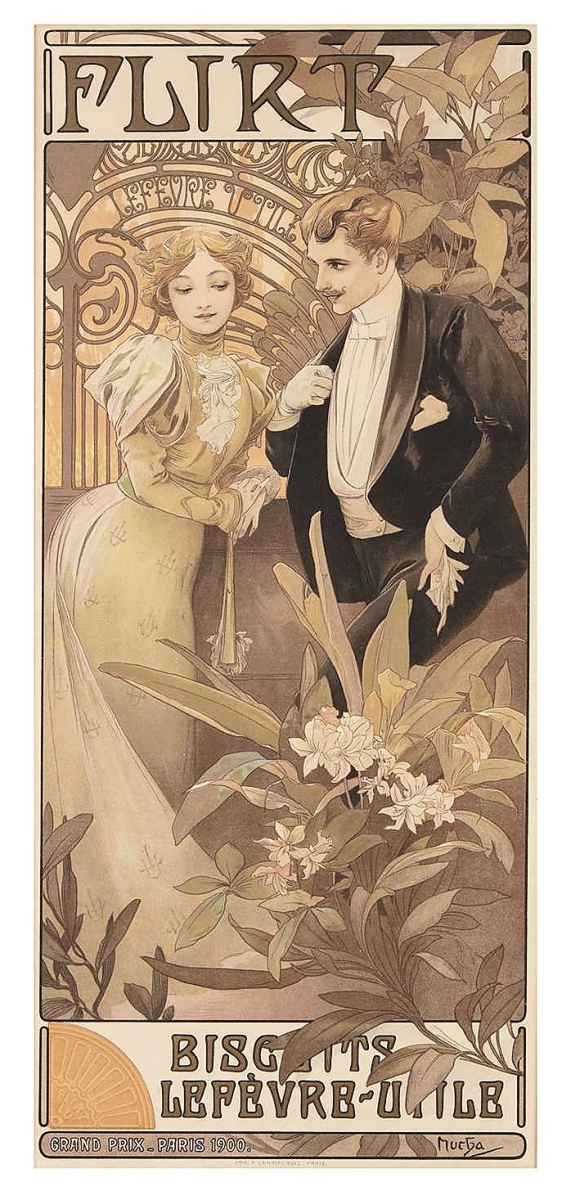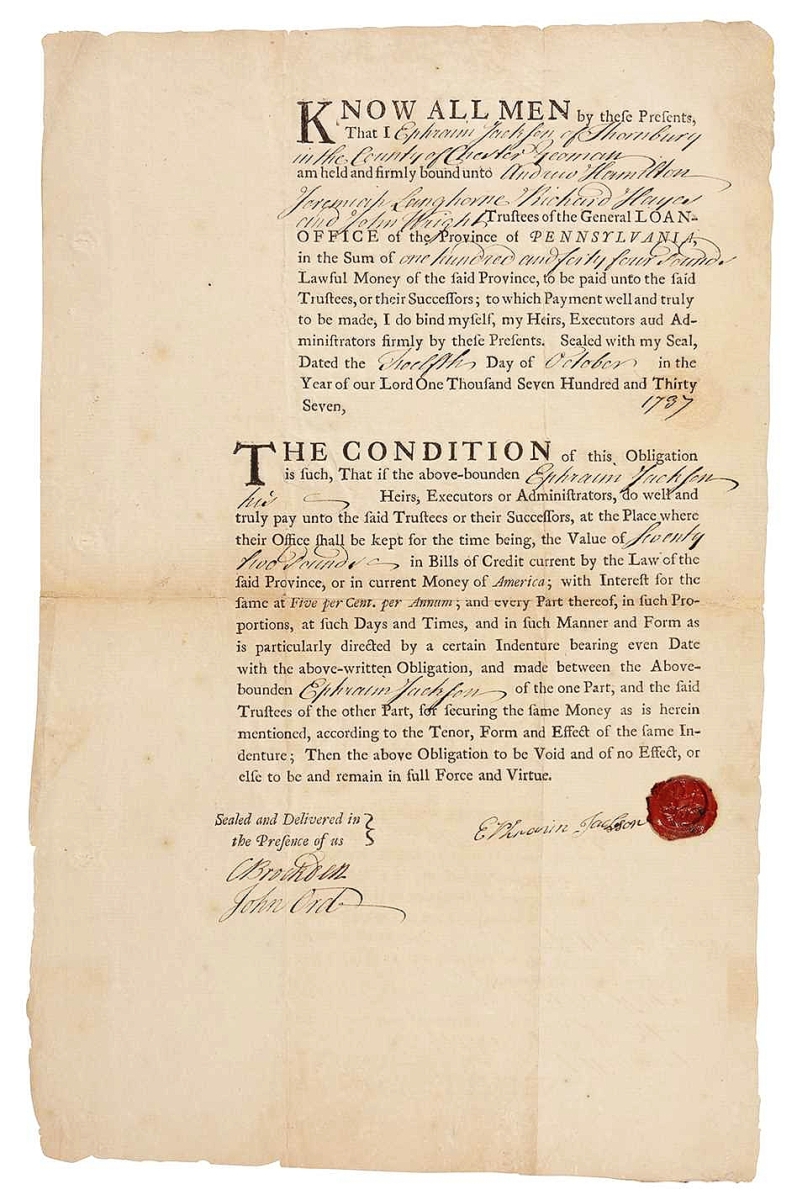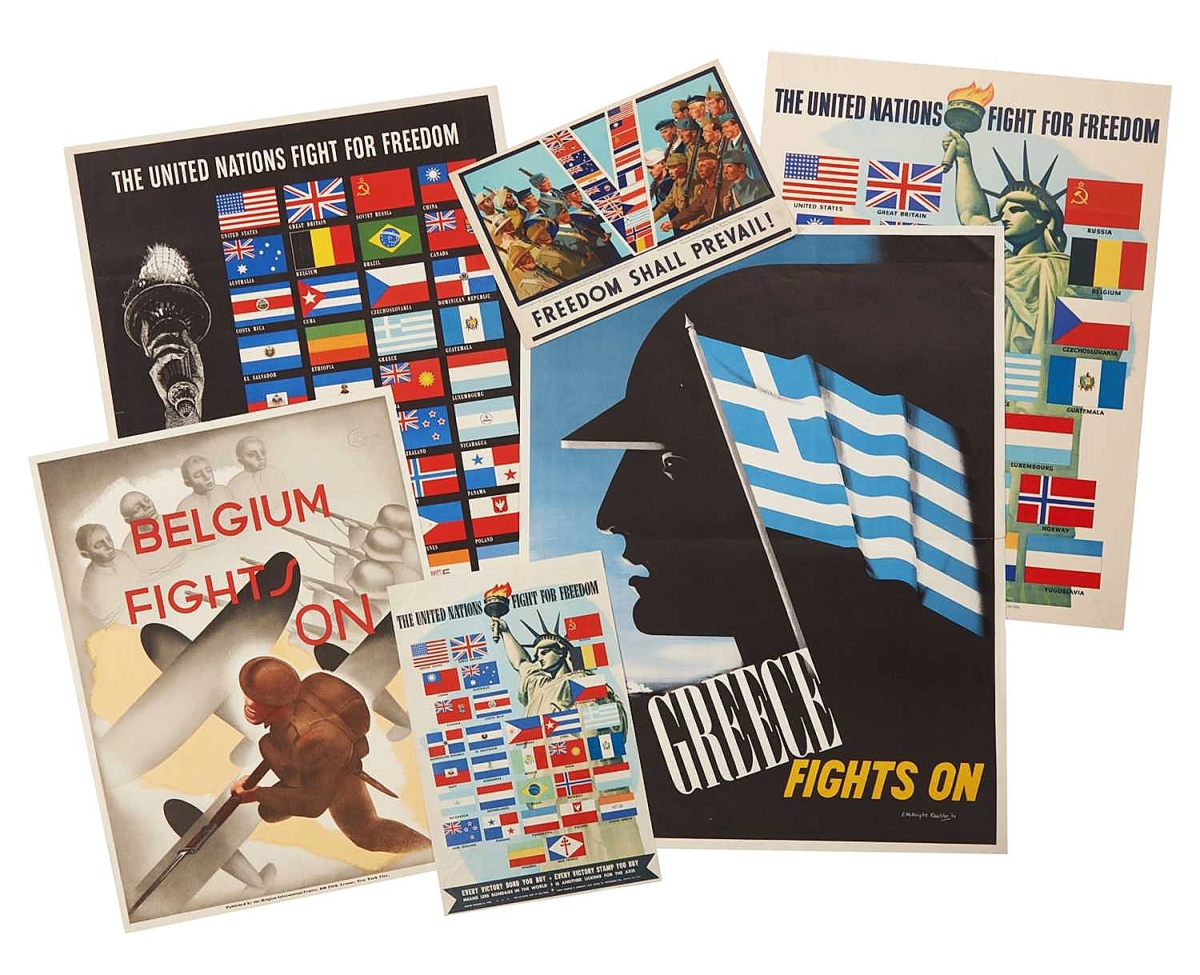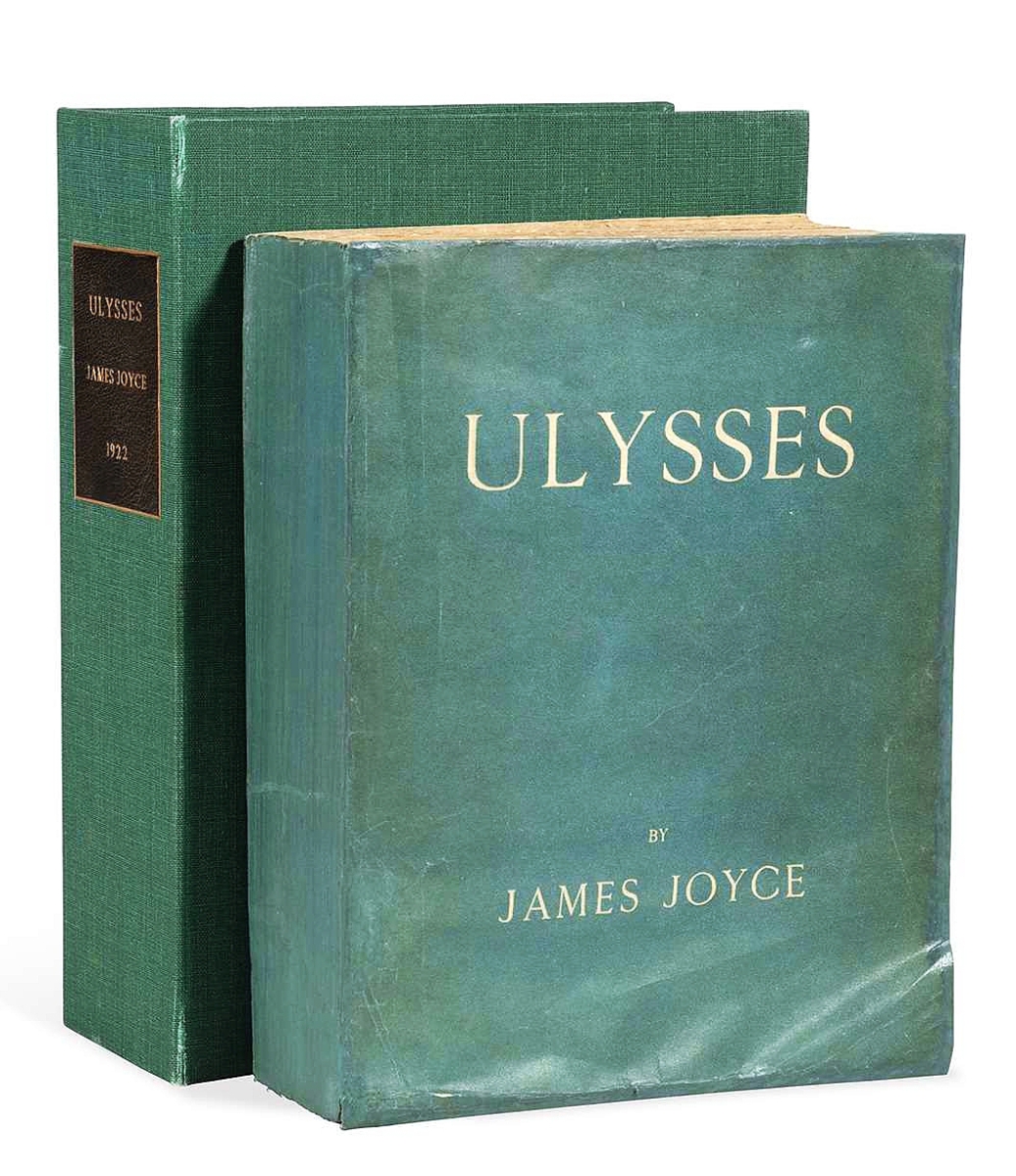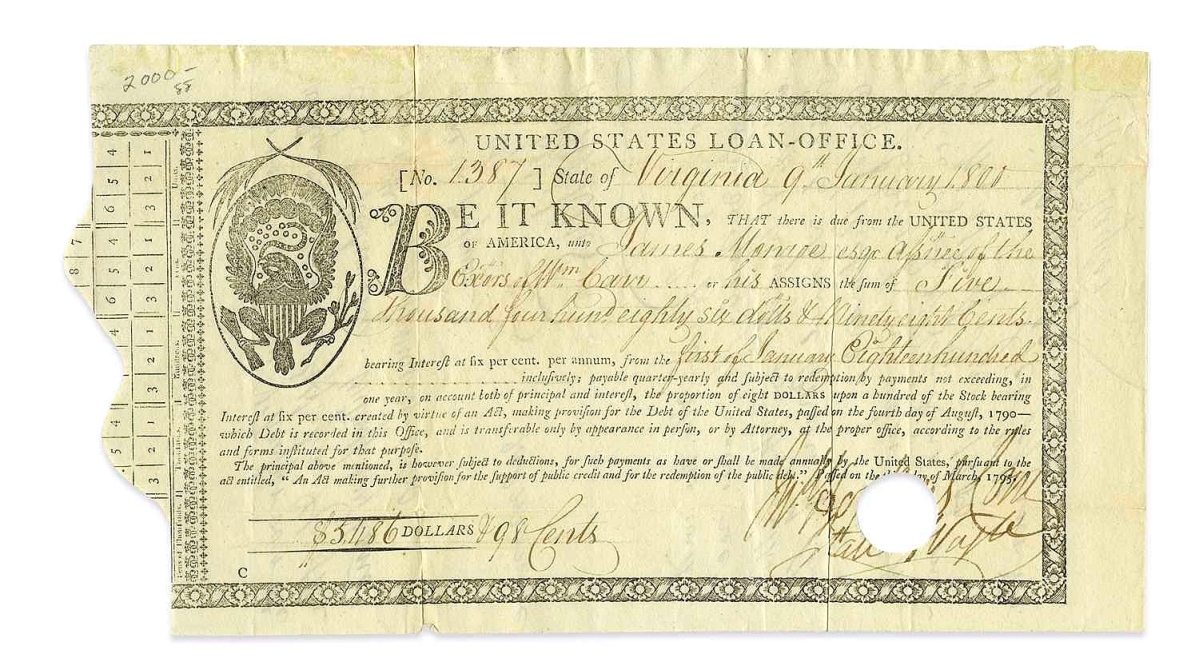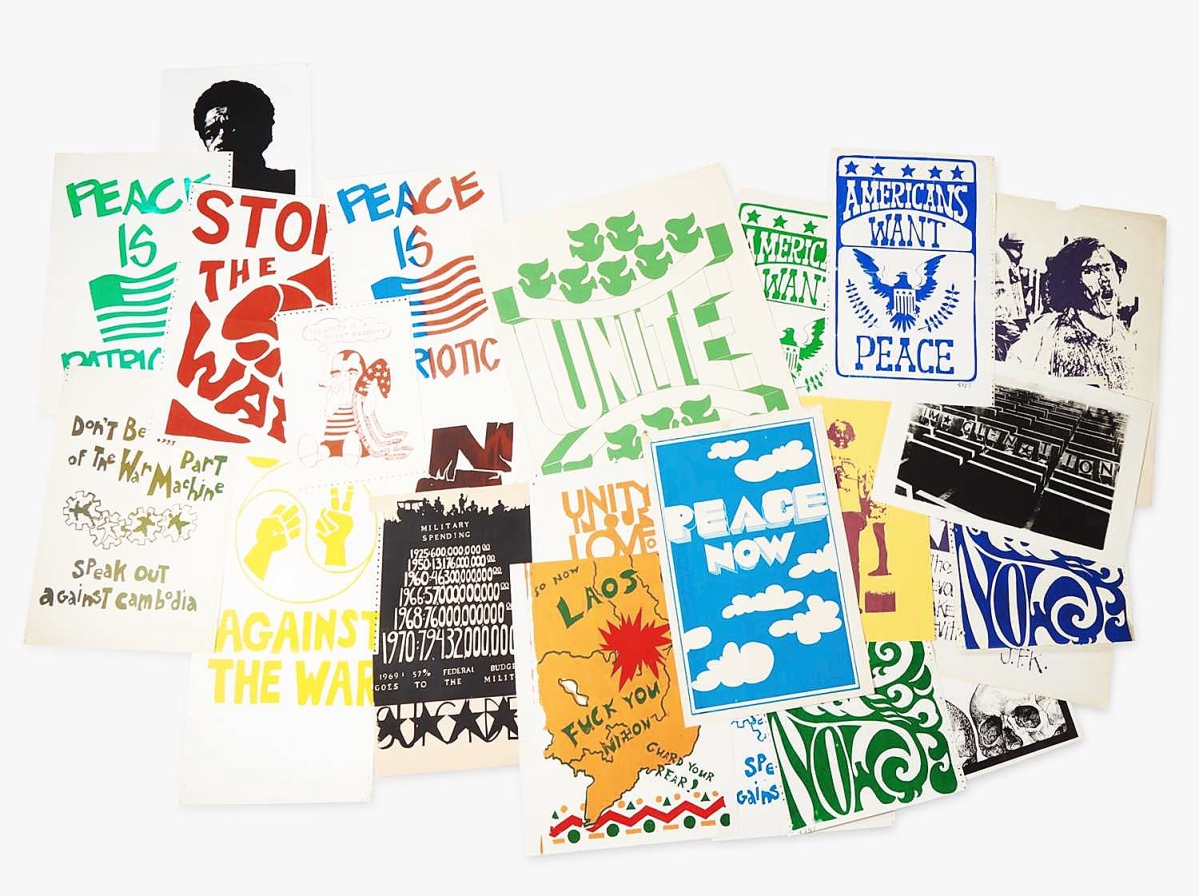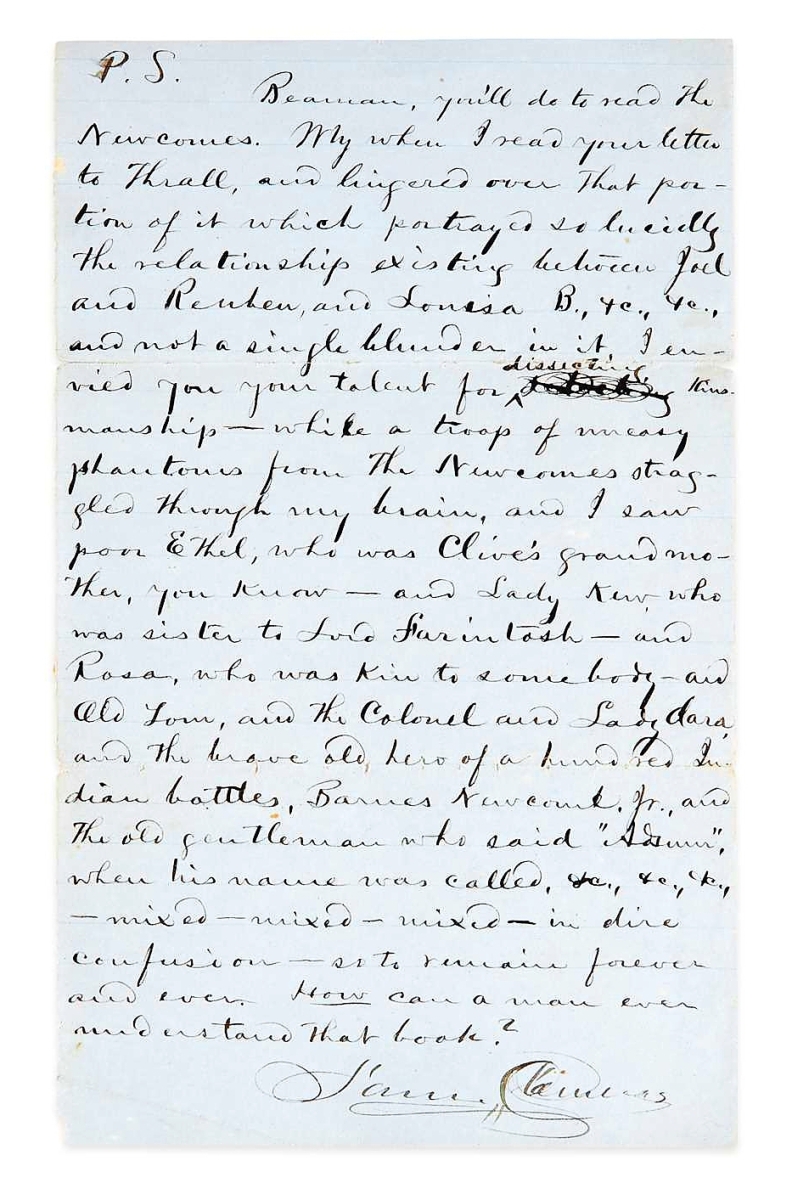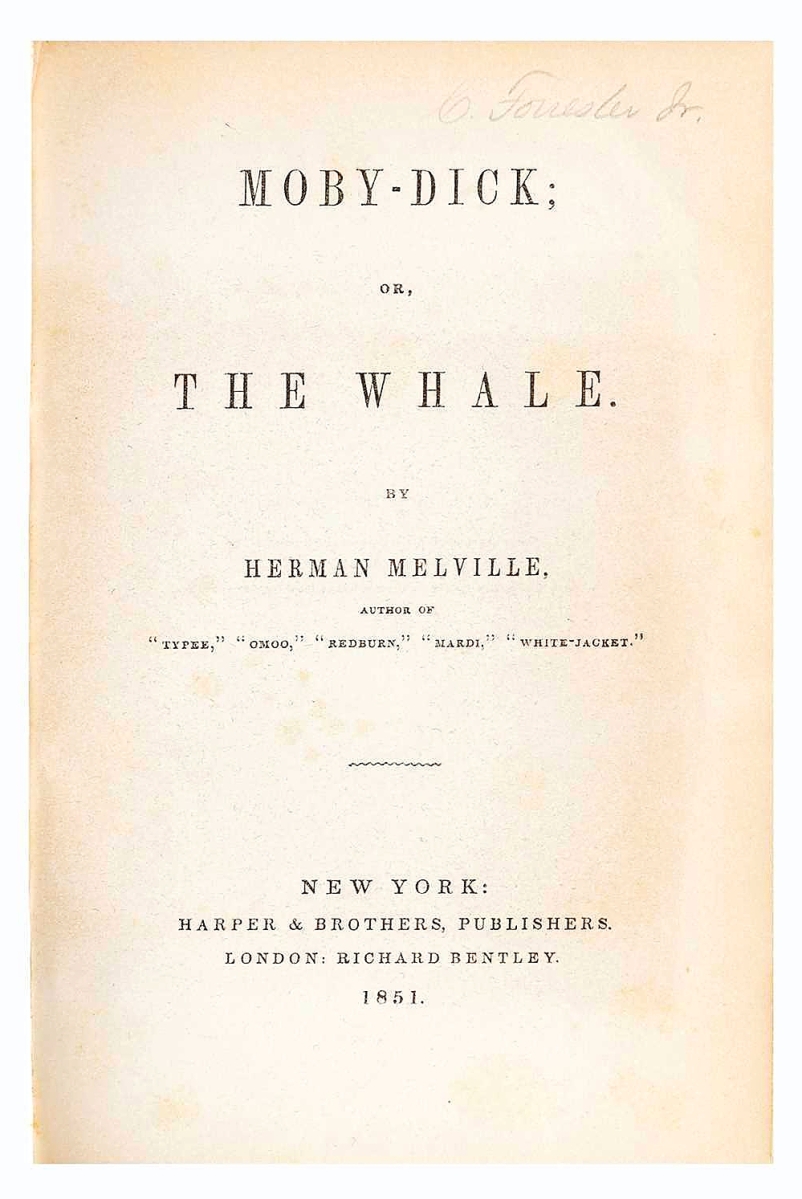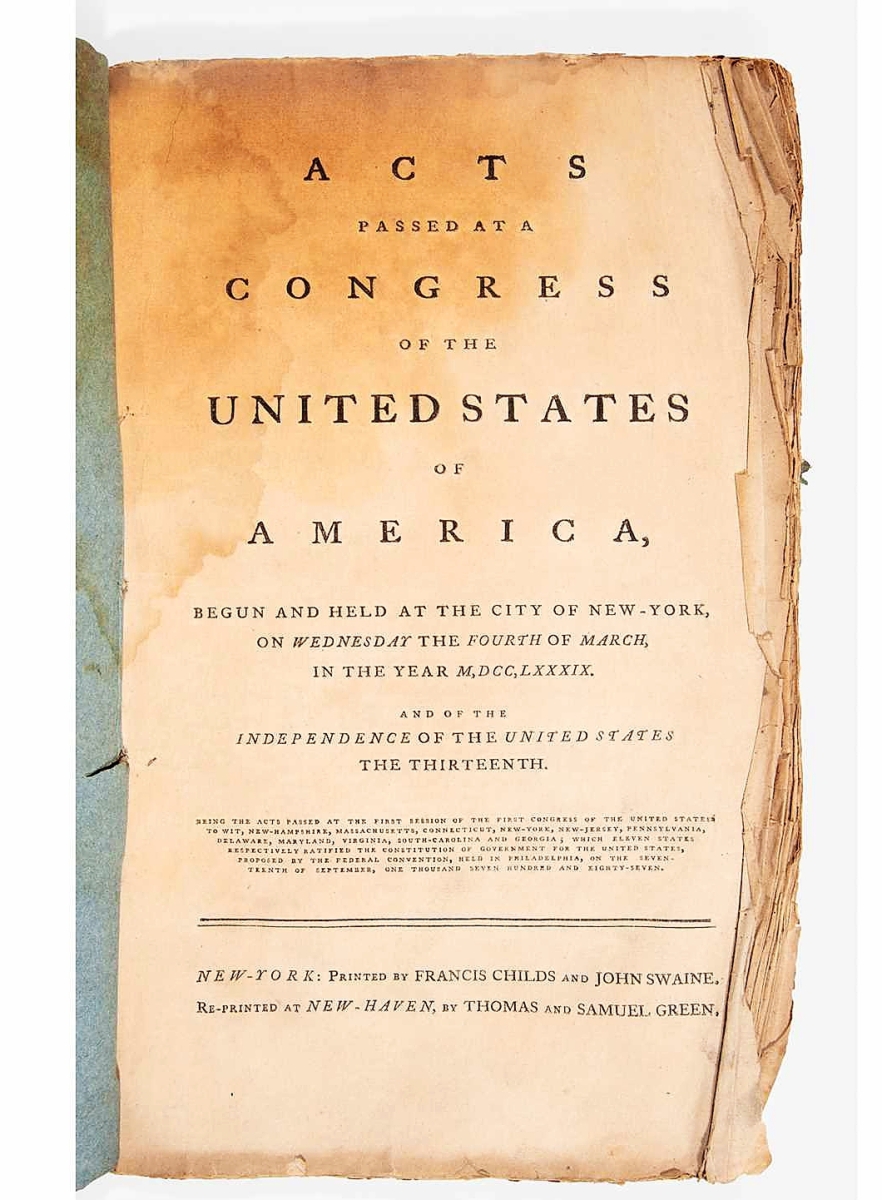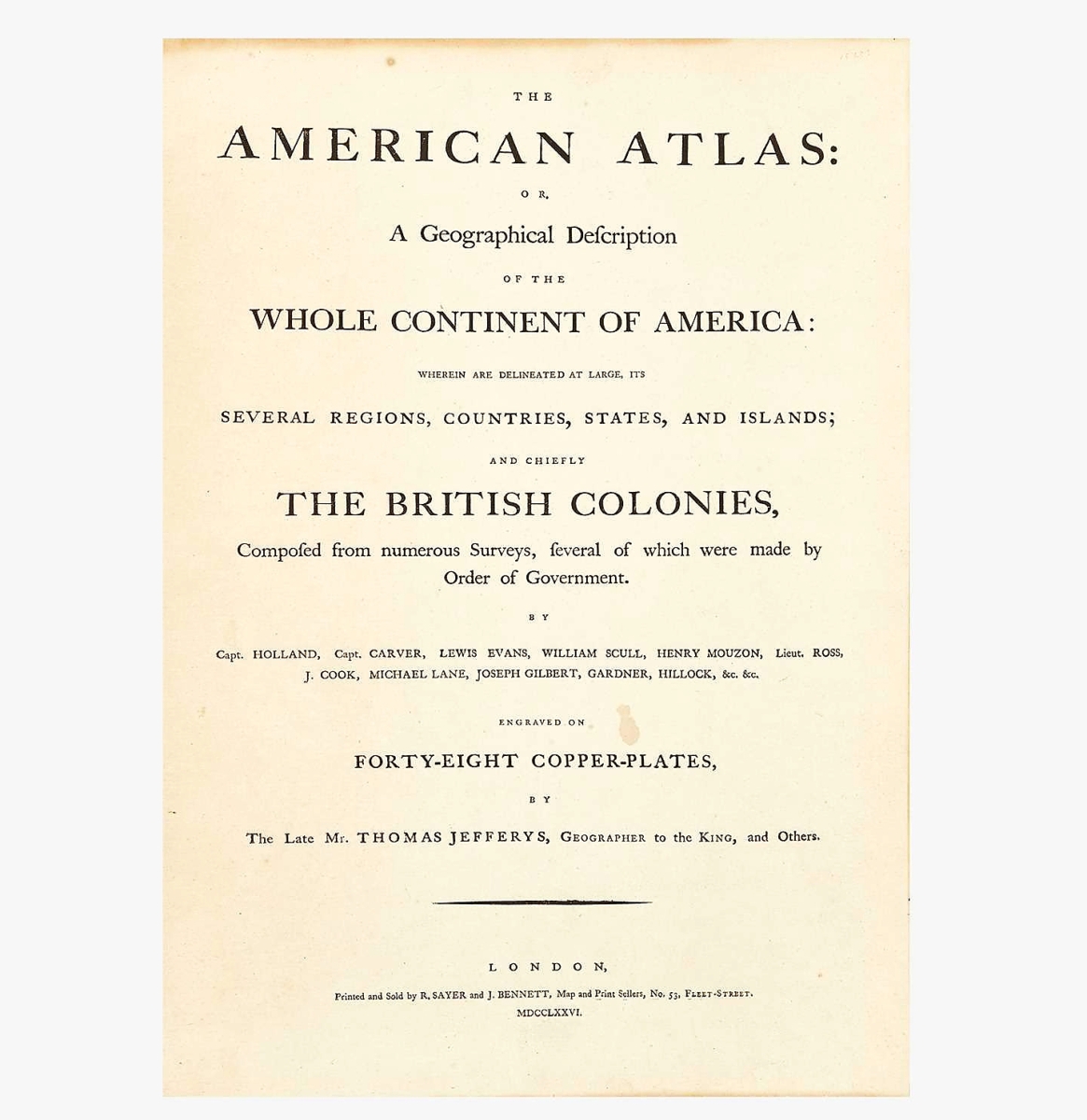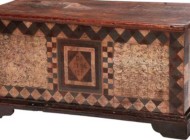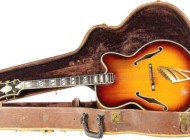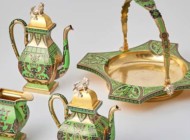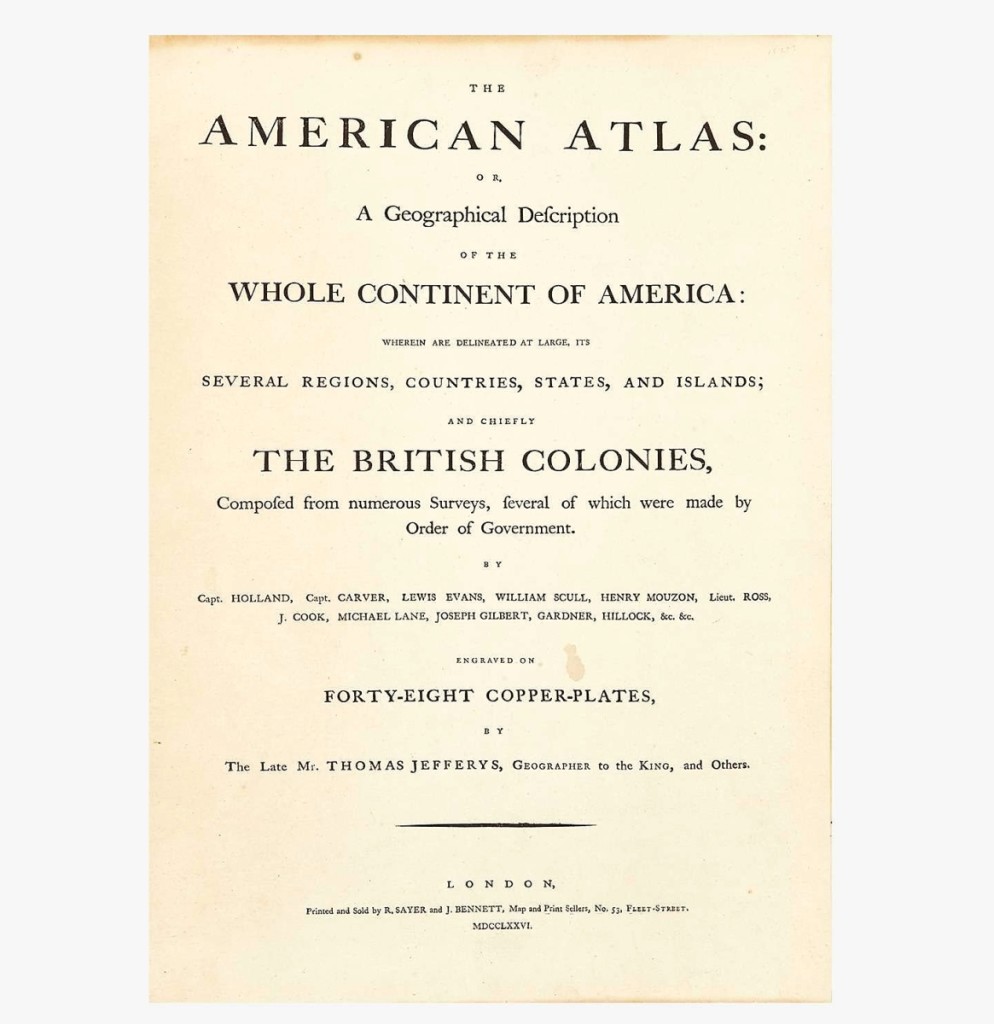
Including some of the most groundbreaking maps of North America and the English colonies, this Eighteenth Century atlas of America sparked a lively bidding war among buyers and was the sale’s top lot achieving an above-estimate $69,300.
Review by W.A. Demers, Photos Courtesy Freeman’s
PHILADELPHIA – Freeman’s September 23 auction of books and manuscripts, a 140-lot sale, totaled $573,143 and achieved a 95 percent sell-through rate, underscoring the firm’s strength in presenting material across a wide range of disciplines and time periods. The auction saw strong results for documents of American history from the Revolutionary War to the 1960s counterculture. “American history is in our wheelhouse, and this sale was further evidence of that,” said Darren Winston, head of the books and manuscripts department. “We had some very strong results and happy consignors – ultimately, great material sells itself.”
Eighteenth Century American material shone in the form of an atlas of America. It sparked a lively bidding war among buyers and achieved an above-estimate $69,300, going to the US trade. The piece was an example of the most important Eighteenth Century atlas of America, including some of the most groundbreaking maps of North America and the English colonies, such as Joshua Fry and Peter Jefferson’s A Map of the Most Inhabited part of Virginia, the most influential map of the Chesapeake region up until the Nineteenth Century; Braddock Mead’s A Map of the Most Inhabited Parts of New England, the largest and most detailed map of the region at that time; Lieutenant John Ross’ Course of the River Mississippi, the first large-scale map of the Mississippi River and the first based wholly on English sources; and William Scull’s A Map of Pennsylvania, the first map of the province to chart its western frontier.
A rare New Haven printing of the first acts of the first congress of the United States, printed circa 1789, the first copy of this printing to be offered at auction in more than 100 years, sold for $22,680. The volume comprises the acts establishing the Executive Department, Treasury Department, the Post Office, the judicial courts, the War Department and other articles establishing compensation for the president, vice president and members of Congress. It also contains the first 12 proposed amendments to the Constitution, drafted by James Madison.
Fetching $11,970, more than doubling its high estimate, was a rare printing from Benjamin Franklin’s official printing press in Passy, France. While minister to that country beginning in 1778, Franklin set up a small printing press at his residence, printing a variety of different works, pamphlets and printed matter. He had the authority to issue passports, as well as to commission French and Irish privateers to “attack, subdue, seize and take all ships and other vessels, goods, wares and merchandises, belonging to the crown of Great Britain, or any of the subjects thereof…” This bond ensured that commissioned vessels acted in a civil manner while on the high seas while in the service of the United States, and did not “violate the law of nations, or the rights of neutral powers, or of any of their subjects…” Failure to comply with these strictures would mean forfeiture of the bond.
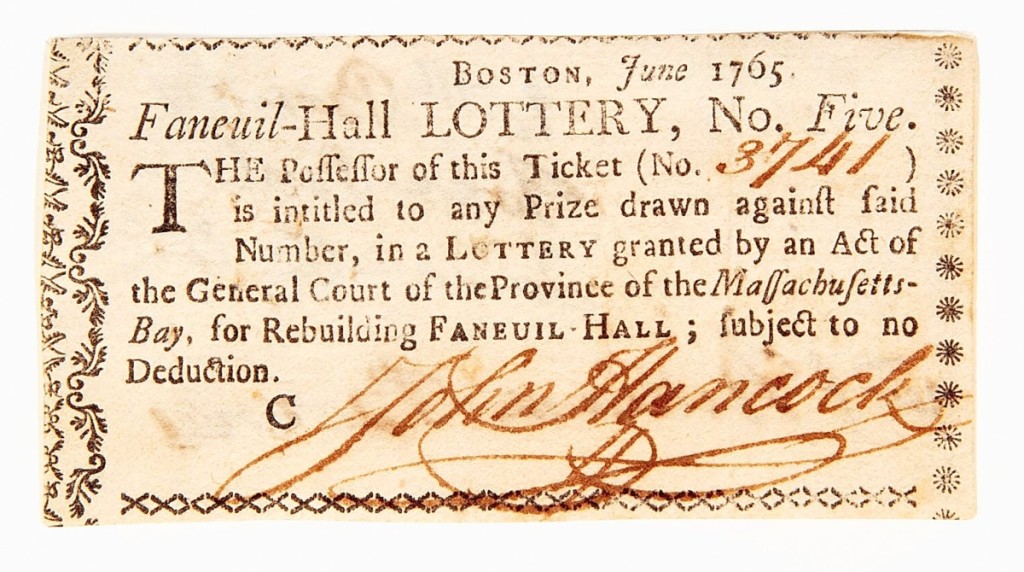
John Hancock signed this printed Faneuil-Hall lottery ticket in Boston in June of 1765. His bold signature lofted the ticket to $10,710.
There were more high-flying historical documents in the sale. A presidential US Loan-Office certificate, signed by James Monroe in Virginia, January 9, 1800, leapt from a $500/800 estimate to $32,760 after an extensive bidding war, exceeding its high estimate by 40-fold. Two documents relating to the Potomack Company, established in 1785 by George Washington, Horatio Gates and others, for the purpose of connecting the Potomac, James and Ohio Rivers through a network of roads, canals and locks, both with Washington signatures and the lot accompanied by two engraved portraits of Washington, brought $11,970. A group of two cut signatures, George Washington and Marquis de Lafayette, mounted to one sheet, was bid to $9,450, and a Boston, June, 1765, printed Faneuil-Hall lottery ticket, boldly signed at the bottom by Founding Father John Hancock, took $10,710.
The sale also underscored the enduring market appeal of examples of classic literature, leading with a first and limited edition of James Joyce’s Ulysses, which achieved $27,720. A first American edition of Herman Melville’s masterpiece Moby-Dick; or, The Whale likewise garnered significant buyer enthusiasm, selling for $16,380.
A signed autographed letter by Mark Twain – marking a unique moment in history, at the onset of the Civil War and before Samuel Clemens took on the nom de plume of Mark Twain – sparked a spirited bidding war, driving the sale price up to $21,420.
An early study of crowd psychology, Charles Mackay’s Memoirs of Extraordinary Popular Delusions, London, 1841, a work in three volumes, “National Delusions,” “Peculiar Follies” and “Philosophical Delusions,” earned $8,820. Discussed are a wide range of subjects, including the Crusades, witch-hunts, alchemy, poltergeists and the political and religious influence on hair and beards. Its chapters on economic bubbles and financial mania have proven especially influential and is now considered a key text in the field of economics.
A limited release of prints representing some of Maurice Sendak’s most beloved works, with all but one signed by him at the time of its publication at the request of the original owner, crossed the block, finishing at $8,190. Published in 1971 by Harper & Row, the first and limited edition was #98/500 numbered copies. The elephant folio had a printed foreword, also signed by Sendak, and was illustrated with 20 plates.
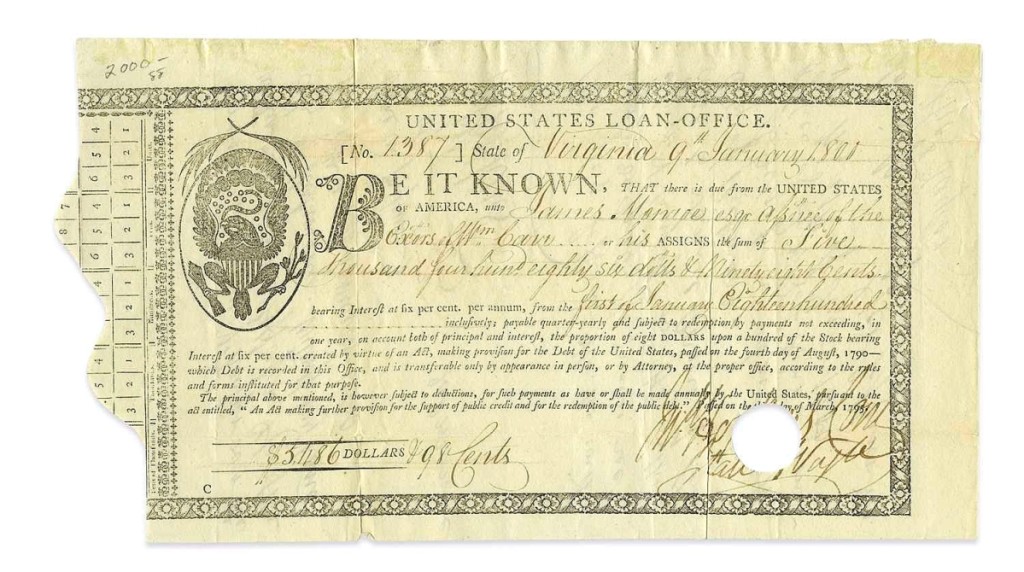
A presidential US Loan-Office certificate, signed by James Monroe in Virginia, January 9, 1800, leapt from a $500/800 estimate to $32,760 after an extensive bidding war, exceeding its high estimate by 40-fold.
Posters added color and panache to the sale, performing particularly well and led by a group of 43 screenprints from the Berkeley Political Poster Workshop Portfolio, a rare collection that sold for $13,860, far surpassing its estimate of $6/9,000. Countercultural material sparked significant interest across the board – a group of primarily music-related counterculture posters achieved $2,520 after competitive bidding. There were even rare record albums on offer. A copy of The Beatles’ Abbey Road album from 1969, signed by John Lennon, went for $7,560. “What was great about that we were in touch with the person who got it beforehand, and they were determined to get it, and it could have kept going and they still would have gotten it,” said Winston. “It had rock solid provenance and as you know provenance becomes more and more important day after day. Beatles stuff is so often wrong.”
Two posters by Alphonse Mucha from the turn of the Twentieth Century exceeded their estimates: both Eveil du Matin, which sold for $6,300 ($2/3,000), and Flirt, Biscuits Lefèvre-Utile, which achieved $8,190 ($2/3,000).
And a collection of Asian material from the late 1860s or early 1870s elicited buyer interest, with a travel album containing images set in China and Japan, Cambodia, Sri Lanka, the Seychelles Islands, Thailand and Manila, Philippines. The collection of Nineteenth Century albumen prints left the gallery at $9,450.
An architecture highlight was a two-volume set of The Architecture of A. Palladio, 1721, a second edition of Giacomo Leoni’s exploration of Andrea Palladio’s monumental work, which achieved $8,820.
Specialist Winston said he was very pleased with the sale’s results. “It was a fun sale to put together, and it went off very well.” The next sale is the Alexander Hamilton Collection of John E. Herzog, a single-owner sale of Alexander Hamilton material, in an October 25 auction. The next books and manuscripts sale is slated for February 17.
Prices given include the buyer’s premium as stated by the auction house. For information, www.freemansauction.com or 215-563-9275.

